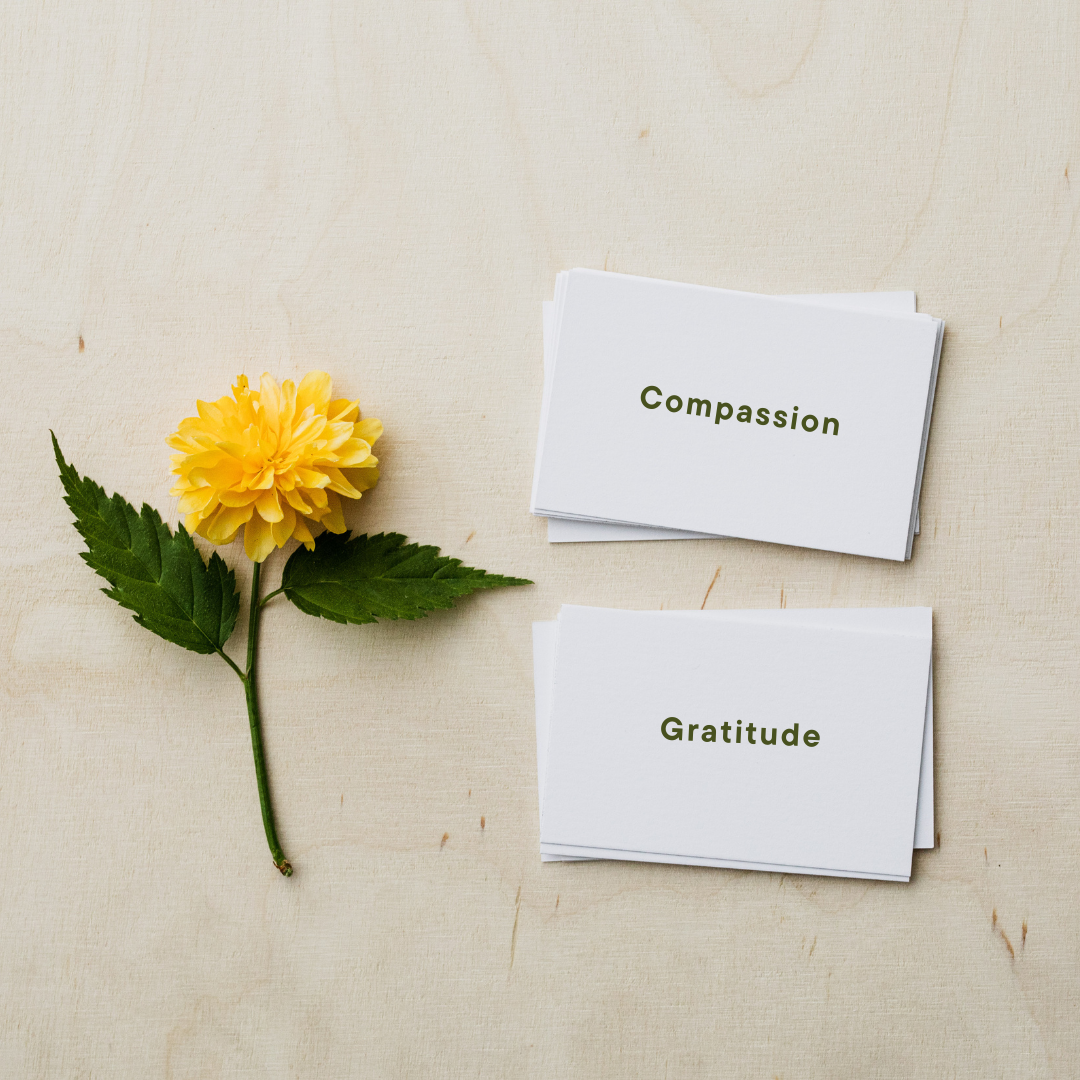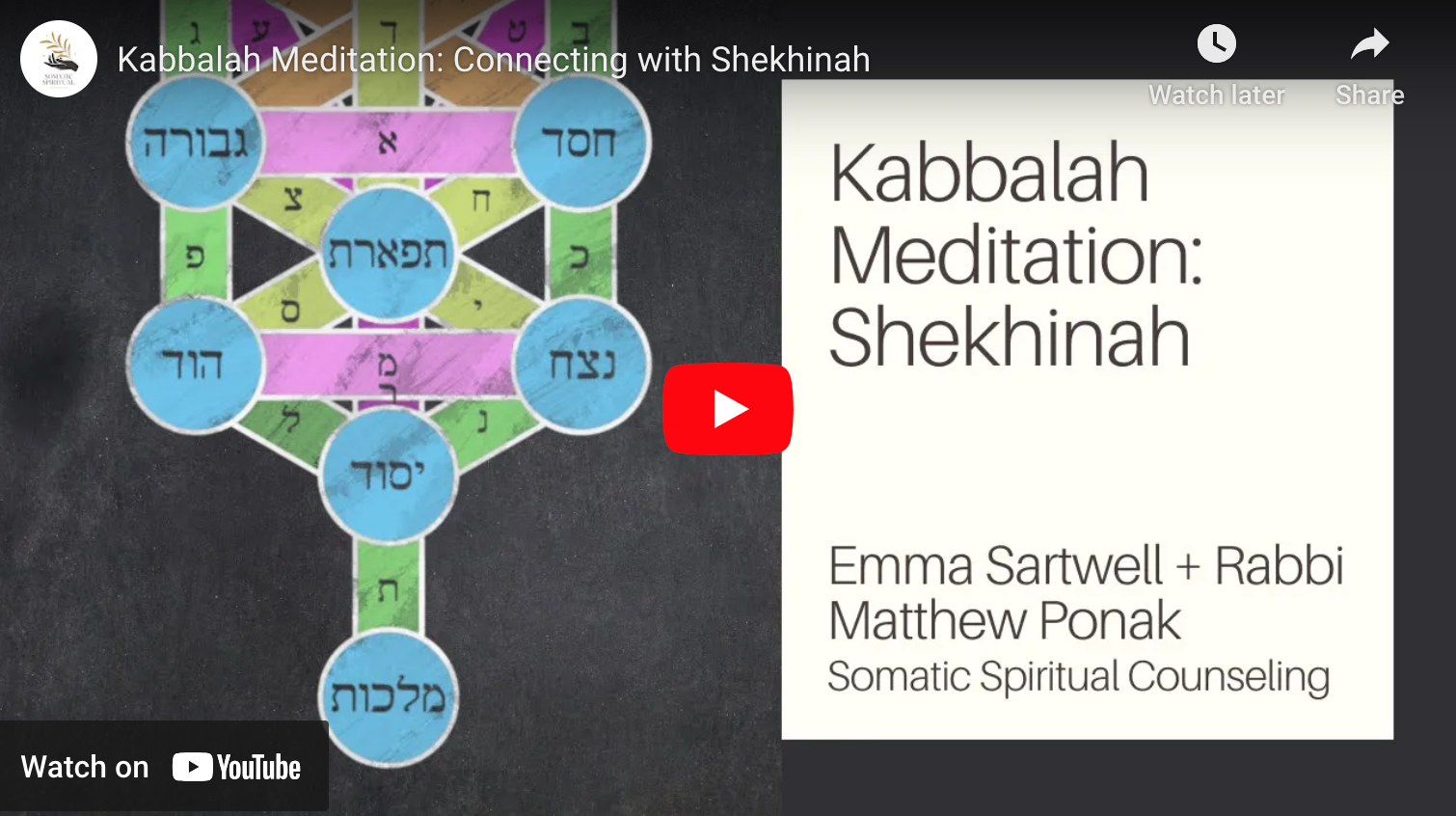Ever feel like you take on everyone else’s emotions around you and you’d rather it all just go away? Watch the video below with Dara del Rio to learn more on why imagining boundary bubbles don’t really work in addressing empathic fatigue, and what you can do about it instead.
VIDEO TRANSCRIPT
Hi, this is Dara with Somatic Spiritual Counseling. And today’s video is on why boundary bubbles aren’t an effective tool to prevent taking on other people’s energy. This is probably one of the most common ways that I’ve noticed, especially women in the United States who are empathic or identify as sensitive, seem to gravitate towards this as the first line of defense for when they’re feeling overwhelmed and they don’t want to take on other people’s energy.
And so I’m not really sure why or how this advice has become so mainstream or widespread, but it is really common, and I see it all the time, for people to feel like they need some form of energetic protection to prevent them from feeling other people’s emotions, which is seen as something detrimental or negative that they would rather not do.

Nature Abhors a Vacuum
So, here’s why I think that having a bubble, visualizing a bubble or a field around you of protection isn’t necessarily the most effective approach for preventing unwanted energies from entering your space. The simplest way to put it, in my opinion, is that nature abhors a vacuum. So, if there’s a vacancy or an emptiness inside of you, and you really don’t want things to get in it, it’s just going to be the natural flow of energy, of the way homeostasis continues to achieve equilibrium, in a biological sense as well as an energetic sense, for forces to try and keep getting in and keep getting in. Whereas, if we have a sense of
fullness, then there is no vacancy for unwanted things to enter.
So, the big difference here that I’m describing that can be felt in our bodies is a sense of fully inhabiting one’s space versus having a sense of inner emptiness that we’re trying to defend and protect against. The former is going to be a much stronger form of protection against taking on other people’s energy and developing empathic fatigue, whereas the latter is going to perpetuate a cycle of fear and inability to really assert proper boundaries, or maybe even effortlessly maintain proper boundaries. When we’re fully inhabiting our space, it becomes less of a problem to even have to deal with that on a day to day basis. It becomes less effortful and more just natural to not have to deal with other people’s unwanted
emotions.
We Are All Connected to Each Other
So, that’s the first piece. The second piece that I want to touch on is the fact that we’re all connected. We’re all part of the same world. We’re all part of the same larger collective consciousness. And feeling other people’s feelings, I don’t think, is necessarily a bad thing, or even really the right way of looking at it. There’s a sense of communalism that underlies our individual psyches, and I think it’s really important to recognize that when we’re in community or we’re around another person who is going through something, even if it’s
a stranger on the street that is experiencing something we would rather not.

And so, to me, these moments where we’re presented with the challenge of being confronted by somebody else’s emotions, and we feel either unable to not take them on, or we feel that we’re being violated in some way by taking them on, but they’re still here. I think these moments are a good opportunity to, on some level, accept that we’re going to feel what other people feel. Even if we are fully inhabiting our space, there’s still going to be some level of reciprocity with our environment, because we’re not individuals in a vacuum. We exist in relationship with everyone else here. And we are heavily affected and even created by our environment. There’s no separation. There’s no individual self that’s rigidly apart.
Moving Through Instead of Away
So, another tool that I work with clients to build when they’re experiencing empathic fatigue or an inability to set boundaries is really being able to move emotions through instead of trying to keep them out. So, what does that look like? I think for me, when I feel somebody else’s pain, I almost soften into it, or I allow it to move through me. Instead of trying to pushing it out, I just let it go through. And it usually moves through pretty quickly because most emotions do, even the really painful ones. Quickly being perhaps a relative term here.
And moving through instead of pushing away is, for a lot of folks, a really new concept. And this is where somatic processing and working with the body really comes into play. We’re learning and we’re re-patterning to be able to feel things instead of contracting and ignoring and suppressing as a form of protection, as a form of true empathy and presence, and an acknowledgment for the ways that we are connected and affected by others.
So, I know this video has a lot of information in it, and I’m wondering what it brings up for you. I’m wondering if anything I’ve said resonates or perhaps is really different than what you think. Either way, I’m very curious. I know this is a big topic for many of us in the world right now, both empathic tendencies and empathic fatigue and how to process our emotions as well as others’.
So, if you have something to say about what I’ve shared here, I’d love to hear from you. You can reach out to me at dara@somaticspiritualcounseling.com, or you can reach out to our company through our contact page. And I’d love to hear from you. I’d love to connect. And thanks for watching.
Learn more about somatic therapy here.
—————————————————————————————————————————




